The full text contains 3885 words, reading time approximately 7 minutes.
Reproduction in any form is strictly prohibited without permission.
Southern Energy Observer
WeChat ID: energyobserver
Welcome to submit articles, submission email:
Jiang Weihuan
If you ask what the hottest term in the energy circle in March is, “Ubiquitous Power IoT” will definitely take the center stage.
How hot is it?
After the term “Ubiquitous Power IoT” emerged, it was immediately sought after by capital, and related concept stocks collectively surged.
Even the big names in the internet and manufacturing industries have expressed optimism, including Zhou Hongyi, Chairman and CEO of 360 Group, Dong Mingzhu, Chairman of Gree Electric, and Yang Yuanqing, Chairman and CEO of Lenovo Group, all of whom have expressed a desire to participate in the construction of Ubiquitous Power IoT and smart grids.
So what exactly is “Ubiquitous Power IoT”?
First, let’s clarify a few concepts:
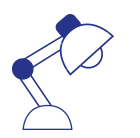
The concept of the Internet of Things was first mentioned by Kevin Ashton, the father of IoT at MIT, in 1998. He pointed out that RFID technology and other sensor technologies could be applied to everyday objects to construct an Internet of Things. The following year, the Auto-ID Center, led by Kevin Ashton, provided a clearer description of the application of IoT: relying on global RFID tags for wireless access to the internet, allowing millions of items, from razors to euro banknotes to car tires, to be continuously tracked and audited.(Here, RFID technology refers to radio frequency identification, a communication technology that can identify specific targets and read/write related data through radio signals without establishing mechanical or optical contact between the identification system and the specific target. We use RFID technology almost every day, such as in access control systems, libraries, and food safety traceability.)
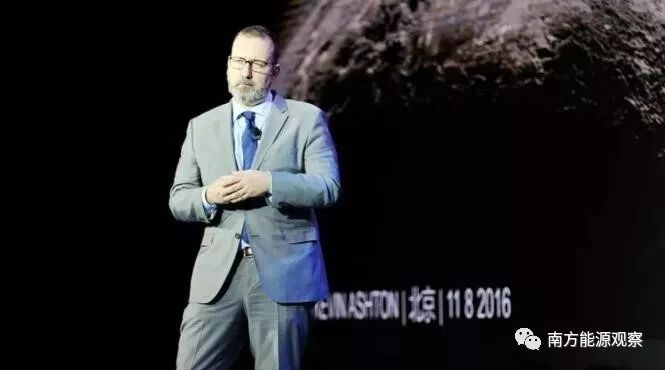
Kevin Ashton
OK, now that we know what the Internet of Things is, let’s see what it means to add “ubiquitous” before “IoT”.
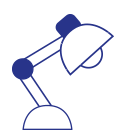
“Ubiquitous” literally means widely existing and omnipresent. Ubiquitous IoT refers to the information connection and interaction between any time, any place, any person, and any object.
At this point, it is easy to understand that Ubiquitous Power IoT adds the adjective “power”, indicating the specific manifestation and application of ubiquitous IoT in the power industry.
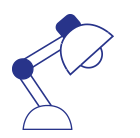
The Chairman of the State Grid made a clear definition of “Ubiquitous Power IoT” during the video conference on the deployment of the construction work on March 8: Ubiquitous Power IoT is a smart service system that fully applies modern information technologies and advanced communication technologies around various links of the power system, achieving interconnection of all things and human-computer interaction in all links of the power system, featuring comprehensive state perception, efficient information processing, and convenient and flexible application.
This is the specific application of 5G technology and IoT concepts in the power industrial system. Firstly, it is a new generation of information communication system; secondly, it can connect devices, customer service, and data in real-time across energy production, transmission, and consumption; thirdly, it can fully support business operations of the power grid, enterprise operations, customer service, and new business models.
Ubiquitous Power IoT connects power users and their devices, power grid enterprises and their devices, power generation enterprises and their devices, suppliers and their devices, as well as people and objects, generating shared data to serve users, the grid, power generation, suppliers, and government social services; it acts as a hub for the grid, playing a platform and sharing role, creating greater opportunities for the development of the entire industry and more market entities, providing value services.

Looking globally, Power IoT is being widely used. Foreign countries have also explored extensively in smart grids, IoT, and smart cities, with different countries focusing on different aspects of IoT applications in the power industry. For example, the European power industry tends to focus on clean energy and environmental protection, while the Japanese power industry mainly focuses on monitoring and forecasting new energy generation, smart meter measurement, and microgrid system monitoring.
Let’s take a look at the following examples of smart cities, which are changing the way cities supply electricity through stronger connectivity.

Like most cities in North America, the cost of electricity is high—Toronto is no exception. The fiscal deficit at all levels of government is forcing them to cut budgets and costs. A city in Ontario found that from 2005 to 2019, their streetlight electricity bills increased by 1400%. These costs have been so significant that they have even pushed some power utility companies to bankruptcy, as California recently experienced.
This is also the reason why Toronto began to switch to solar-powered smart city streetlights. The Business Improvement Association installed solar smart city poles with LED lighting, Wi-Fi hotspot functions, and other IoT devices on Bloor Street West. Since these poles are powered 100% by solar energy, they do not need to connect to the grid, which is expected to save CAD 1.4 million in cable laying and grid connection costs. The smart aspect—remote monitoring and management systems—means they can operate normally even in polar vortex conditions (a polar vortex is a circulation pattern of strong winds flowing through low-pressure systems, which generally occurs in the Arctic during winter).
Google’s Sidewalk Labs collaborated with the city of Toronto, listing it as an experimental case of a “future city built from the internet.” Another area of Toronto—the undeveloped waterfront area—has integrated smart technology into its infrastructure. Sensors will measure factors such as traffic conditions, air quality, noise, and building occupancy. The increase in energy efficiency greatly alleviates the burden on the grid, and off-grid solutions are a reasonable and natural part of this ecosystem.
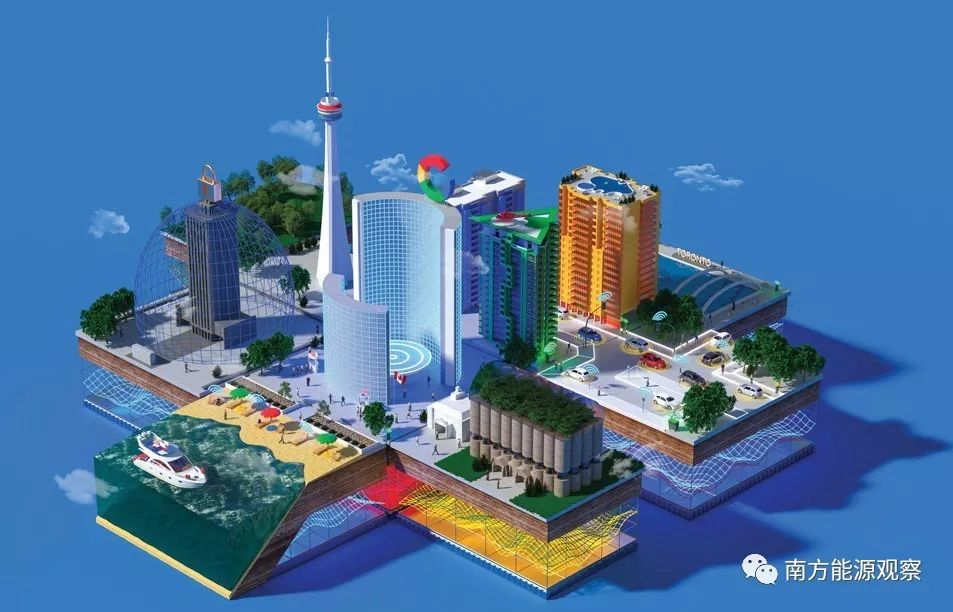
By collecting all this data, these smart applications will become increasingly intelligent over time. For example, when the next polar vortex hits, weather sensors will instruct the sidewalk to heat up to melt the snow, which sounds very much like a scene described in an 80s sci-fi movie! Through means such as solar power generation and energy monitoring systems, CO2 emissions in the surrounding area can be reduced by 75%-80%.
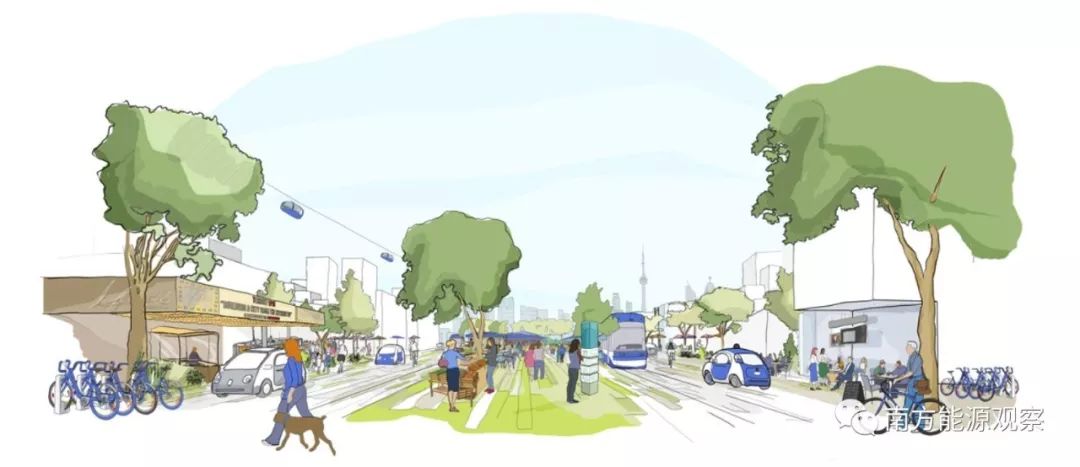

The first smart city in the USA and the world’s first smart city, characterized by a focus on intelligent construction. To maintain Dubuque’s livability and to have greater development commercially, the Dubuque city government collaborated with IBM to plan to digitalize and connect all resources of the city using IoT technology, including water supply systems, power systems, oil, natural gas, transportation, public services, etc., thereby intelligently responding to citizens’ needs through monitoring, analyzing, and integrating various data, and reducing the city’s energy consumption and costs.

The city has taken the lead in data construction for water and electricity resources, installing smart water and electricity meters for all households and businesses, which not only records resource usage but also uses low-flow sensor technology to prevent resource leakage. The data recorded by the instruments is promptly reflected on a comprehensive monitoring platform for analysis, integration, and public display.
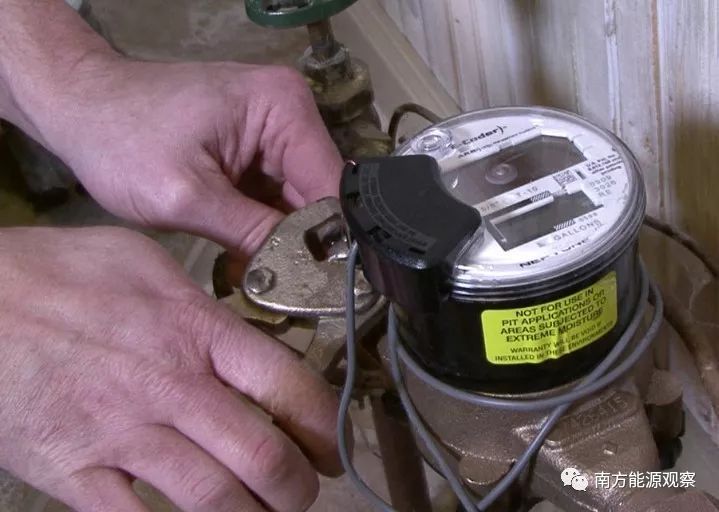

California has been committed to promoting the development of electric vehicles, but we need to charge cars instead of refueling, which creates a power supply issue.
The “From Solar to Electric Vehicles” project at the San Diego Zoo uses solar energy to directly charge plug-in electric vehicles and delivers excess stored electricity to the city grid. The project includes 5 charging stations and 10 solar canopies, providing enough power for 59 families. This project is part of a collaboration between the San Diego city government, GE, San Diego Clean Technology, and the University of California, San Diego.
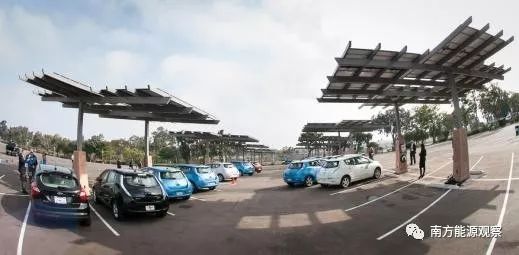
Currently, the city has also installed 3000 LED streetlights with adaptive controls and will deploy 3200 smart sensors to track air quality and traffic conditions, creating the world’s largest IoT platform.
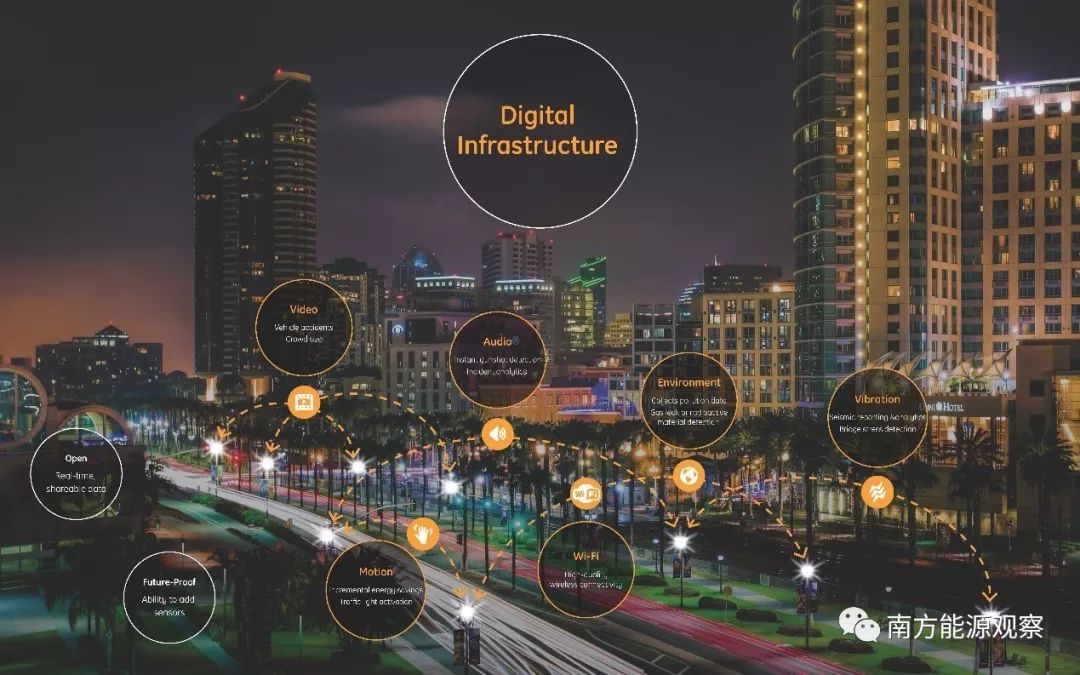

Unless you live in Michigan, you may not have heard of Highland Park. Surrounded by Detroit, Highland Park is using Detroit’s water supply and sewage system with a declining population, and bills exceeding 1000 dollars make it unaffordable for many residents, not to mention various electricity costs. Highland Park directly removed 1000 streetlights, leaving the entire city in darkness.
The solution was for the Highland Park government to adopt community-owned, off-grid solar lights to replace all streetlights. The solar streetlights now use LED lighting, saving 40%-50% of energy compared to the grid lights previously used. With no operating costs, they can even charge on cloudy days, making them both cost-effective and reliable, illuminating the community of Highland Park.
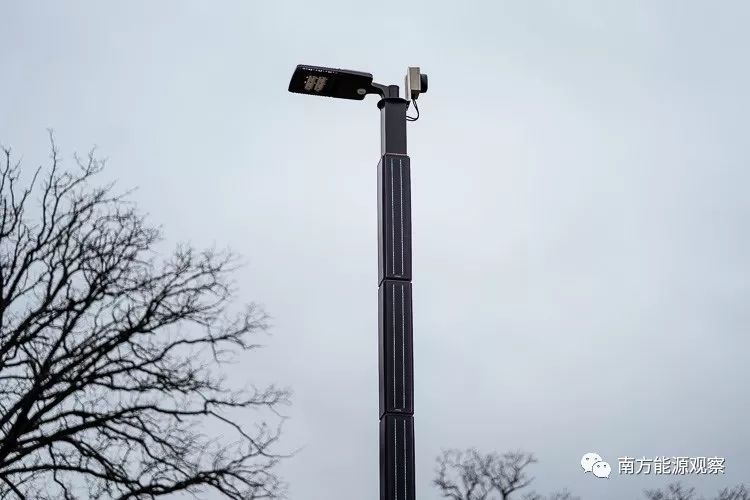

Amsterdam is one of the earliest cities to start smart city construction and is a model for smart city construction in Europe. As the largest city in the Netherlands, Amsterdam has over 400,000 households, and its carbon dioxide emissions account for one-third of the national total. To improve environmental issues, the city launched the West Orange and Geuzenveld projects, aiming to reduce carbon dioxide emissions and energy consumption through energy-saving smart technologies. The city has also implemented the Energy Dock project, equipping 154 power supply access points at 73 berths in the Amsterdam port, facilitating charging for cruise ships and cargo ships, replacing the previously polluting fuel engines with clean energy generation.
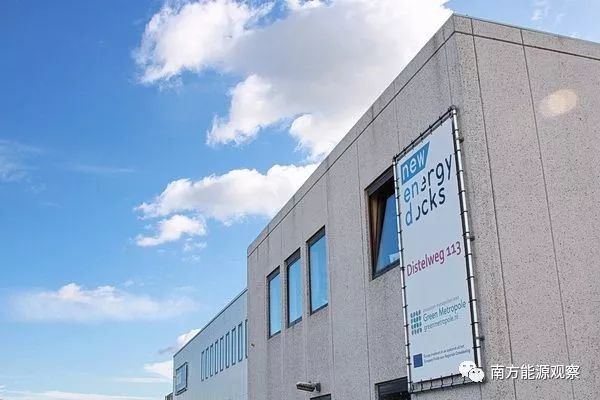
To save energy, Amsterdam has launched a smart building project that minimizes energy consumption without negatively impacting the office and residential functions of the buildings. Based on specific data analysis of energy use in buildings, the power system operates more efficiently. To build sustainable public spaces, the city has initiated the Climate Street project to alleviate congestion on Utrecht Street.

Copenhagen is known as the “City of Bicycles” and has achieved remarkable results in green transportation. To encourage citizens to use the least carbon-emitting rail transport, the city has planned to ensure that citizens can access rail transport within 1 kilometer of their homes. Within 1 kilometer of the road, a smart bicycle is promoted. This bicycle is equipped with a battery that can store energy in the wheels and has RFID or GPS technology installed on the handlebars, allowing it to form a “bicycle flow” that ensures smooth travel through signal systems.

Meanwhile, the Copenhagen city government is actively improving the supporting infrastructure along the way, such as establishing service stations and providing convenient repair tools, making it easier for citizens to travel by bicycle. It is expected that by 2015, the proportion of Copenhagen citizens choosing to travel by bicycle between the city and suburbs will reach 50%.

From 2017 to 2026, the global IoT market is expected to exceed an annual compound growth rate of 21%. As our cities become smarter, governments around the world are turning to off-grid, nano, and microgrid power supply as a cheap and reliable way to drive the IoT revolution.
The story of smart cities is also a story of innovatively building power infrastructure. The latest developments in the power industry—from small solar cells to lithium-ion batteries—are paving the way for the smart city revolution, creating a brand new intelligent power industry.
References:
-
Smart Cities Are Going Green Because It Costs Less
-
Global 16 Smart City Big Data Application Cases
If you want to read more high-quality exclusive content, please subscribe to support us~
Click here →eo WeStore
